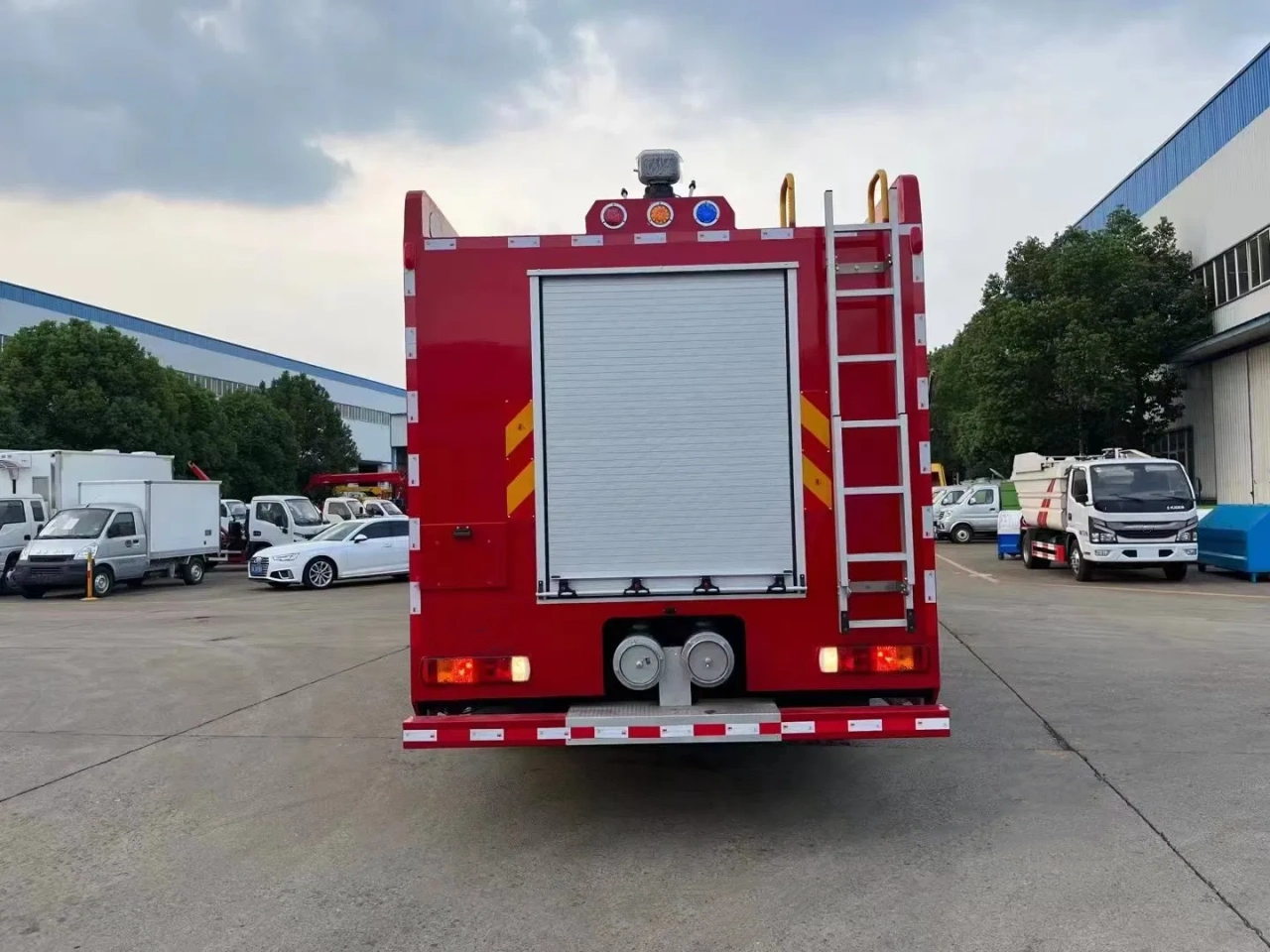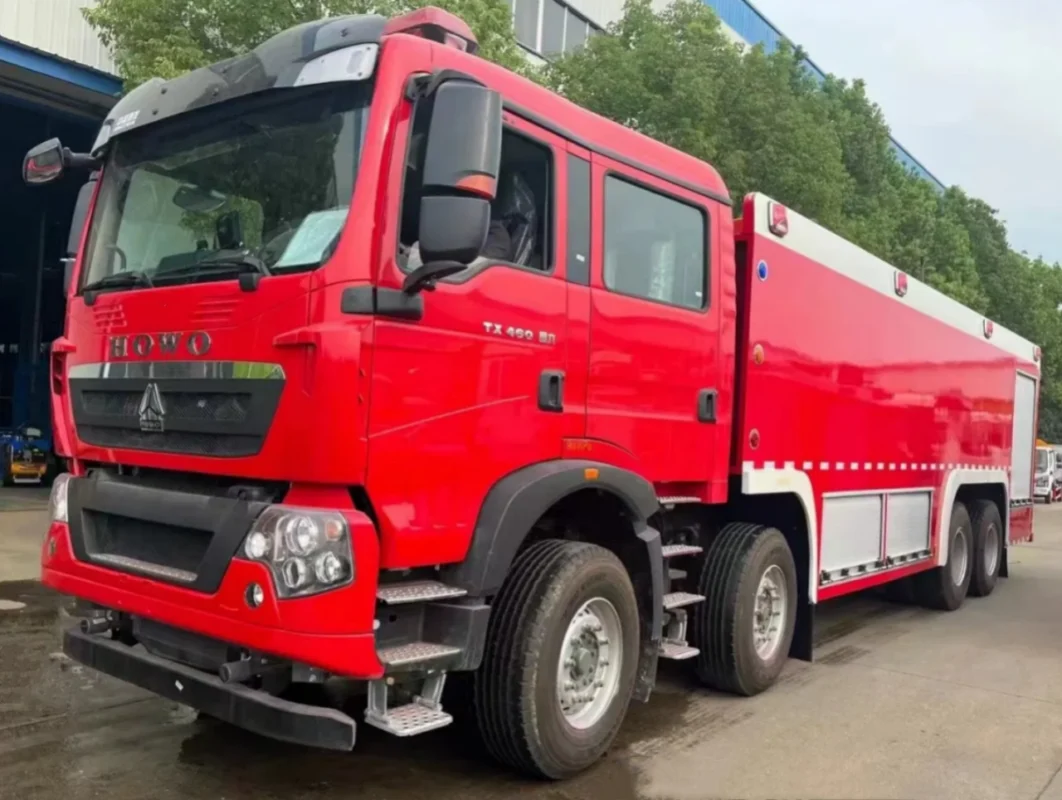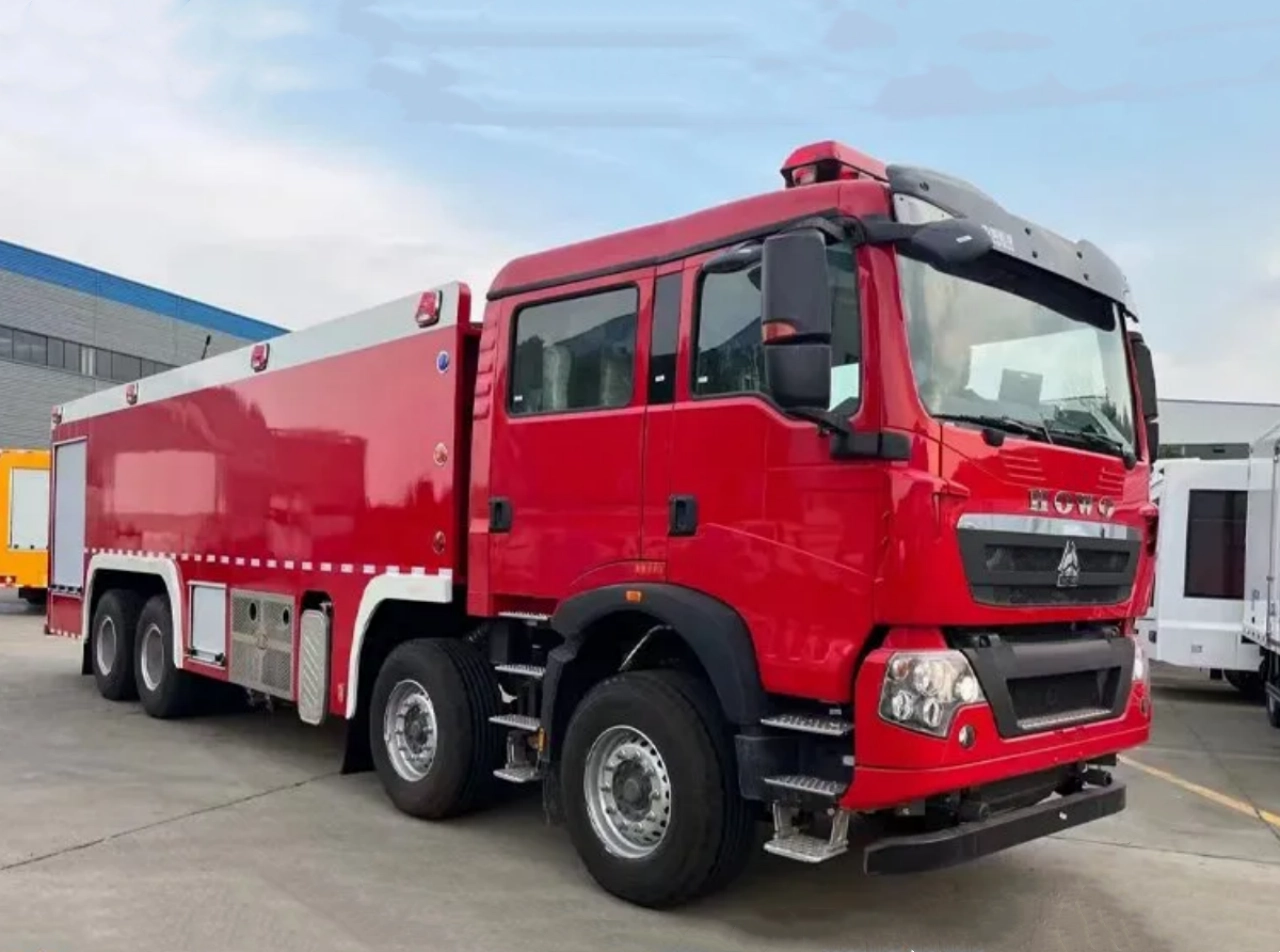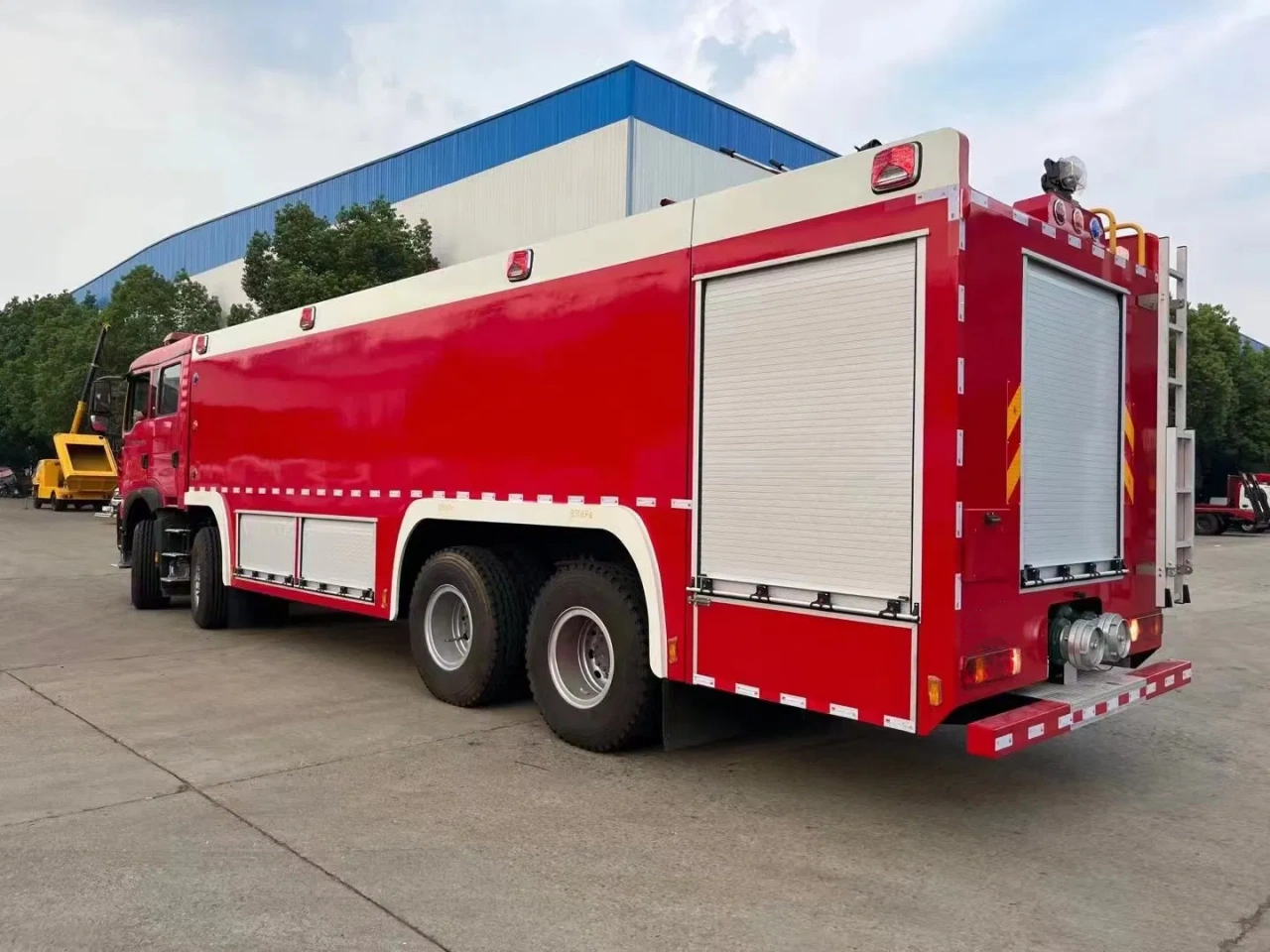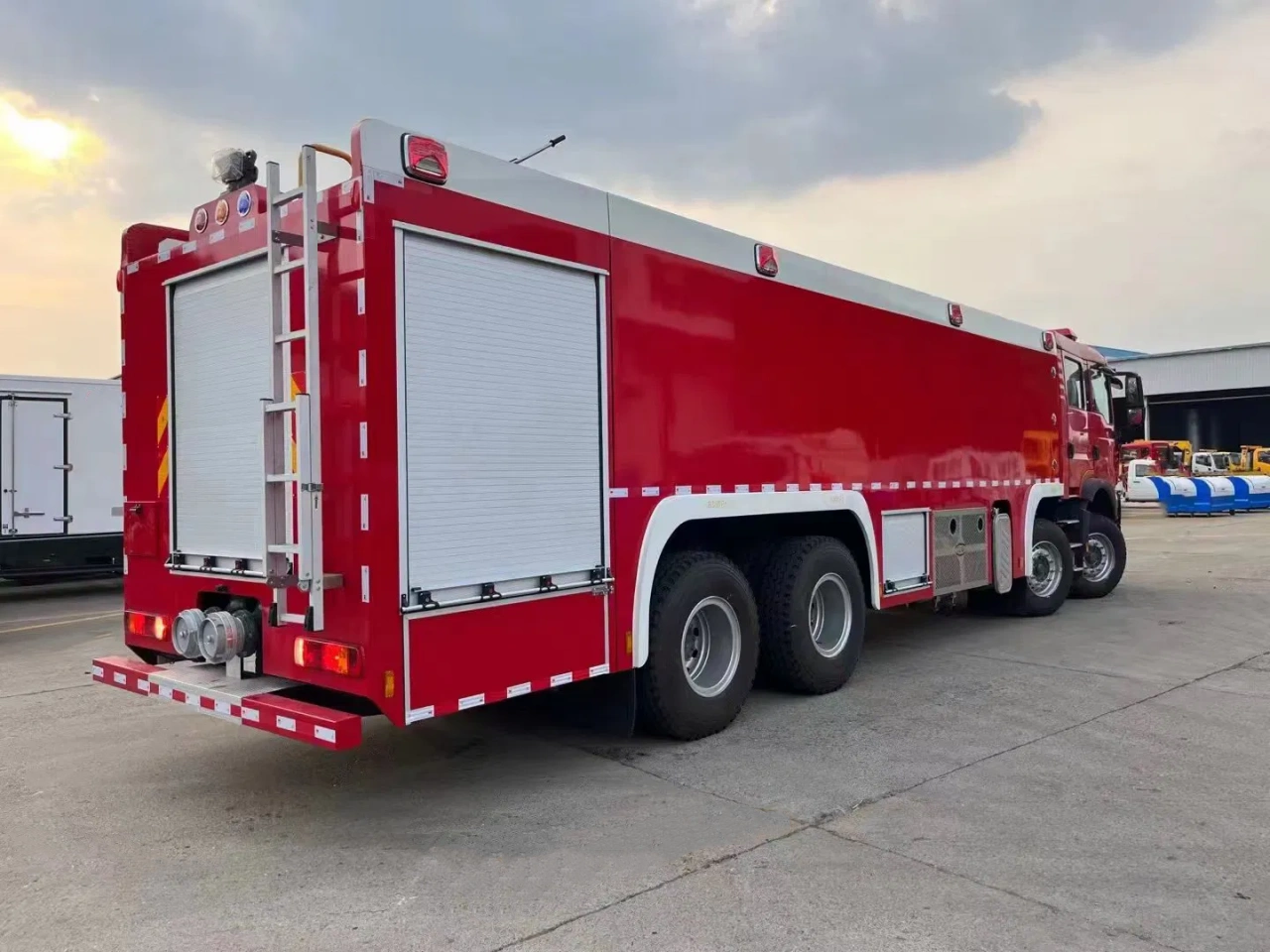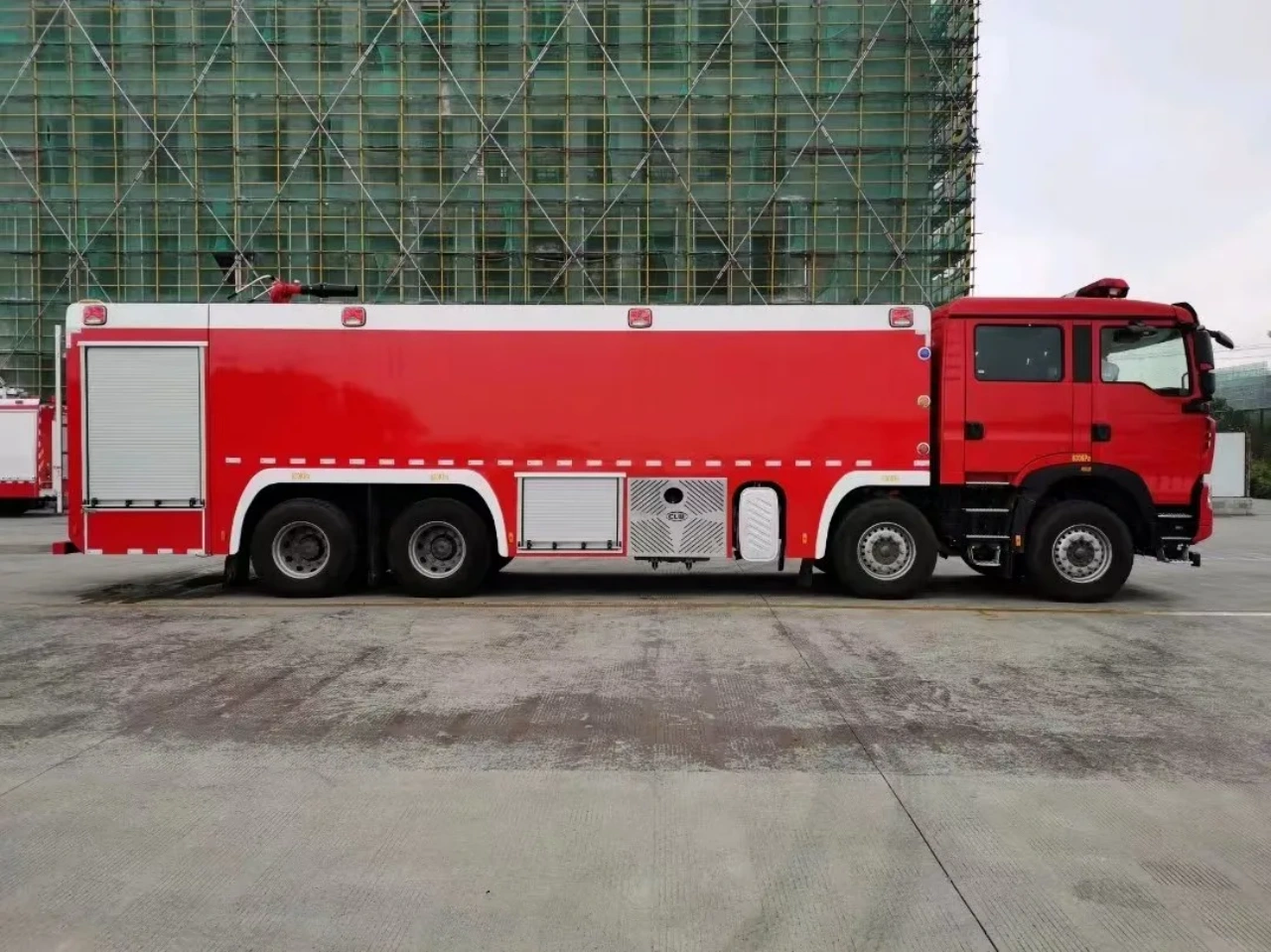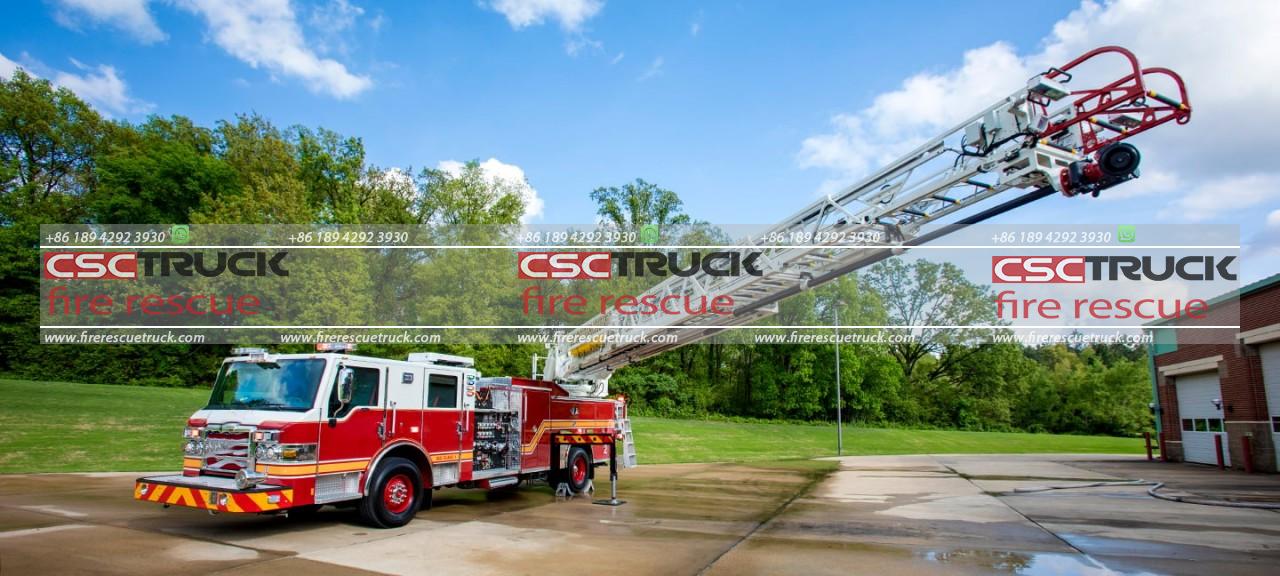When it comes to firefighting apparatus, pumper trucks—also known as fire engines or engine trucks—are among the most recognizable and essential vehicles in a fire department’s fleet. These trucks serve as the first line of defense in firefighting operations, carrying not only water but also hoses, tools, and equipment necessary to combat fires and handle emergencies. Given their robust design and critical function, one of the most frequently asked questions is: How much does a pumper truck weigh?
The answer depends on several factors, including the size, manufacturer, design specifications, equipment loadout, and the intended use of the pumper. In this article, we will explore the different weight classes of pumper trucks, the components that contribute to their overall weight, regulatory considerations, and how weight impacts performance and operation.
Understanding Pumper Trucks
Before diving into weight specifics, it’s important to understand what a pumper truck is and what it does. A pumper truck is typically equipped with a water pump, water tank, hoses, and a variety of firefighting and rescue tools. These trucks are primarily used to supply water to the fire scene and to pump water through hoses at high pressure to extinguish fires. Pumper trucks are often customized to meet the specific needs of a fire department, which contributes to the variation in their weights.
Average Weight of a Pumper Truck
The weight of a pumper truck can vary significantly depending on its size and configuration. However, the average weight of a fully loaded standard pumper truck generally falls within the following range:
- Empty Weight (Curb Weight): 20,000 to 26,000 pounds (9,070 to 11,800 kilograms)
- Gross Vehicle Weight Rating (GVWR): 30,000 to 50,000 pounds (13,600 to 22,700 kilograms)
The GVWR includes the total weight of the truck when fully loaded with all equipment, water, personnel, and supplies. It is the maximum weight the truck is designed to safely carry.
Components That Affect Weight
A pumper truck’s weight is not due to a single component but rather a combination of many factors. Below are some key components that contribute to the total weight:
1. Chassis and Cab
The chassis serves as the structural foundation of the truck and is often a heavy-duty frame built to support massive loads. The cab, which houses the driver and crew, is constructed with reinforced materials for safety and durability. Together, these parts can weigh anywhere from 10,000 to 15,000 pounds.
2. Water Tank
Most pumper trucks come equipped with a water tank capable of holding between 500 to 1,000 gallons of water. Given that water weighs approximately 8.34 pounds per gallon, a full tank alone can add 4,170 to 8,340 pounds to the vehicle’s weight.
3. Pump System
The pump system, which is essential for pressurizing water, is a sizable and heavy component. Depending on the type and capacity, the pump can weigh several hundred pounds.
4. Equipment and Tools
Firefighting equipment such as hoses, nozzles, axes, ladders, breathing apparatuses (SCBAs), and rescue tools significantly add to the truck’s weight. A fully stocked pumper truck can carry 1,000 to 2,000 pounds of additional gear.
5. Personnel
A typical fire crew might include 4 to 6 firefighters, each with personal gear. The combined weight of the personnel and their gear can easily add another 1,000 pounds or more.
Types of Pumper Trucks and Their Weights
Not all pumper trucks are created equal. There are several categories based on their intended use, size, and design. Below are some common types and their approximate weights:
• Type 1 Pumper (Municipal Use)
- Water Tank: 500–1,000 gallons
- GVWR: 30,000–44,000 lbs
- Use: Urban and suburban firefighting
• Type 3/Type 6 Pumper (Wildland Use)
- Water Tank: 200–500 gallons
- GVWR: 12,500–26,000 lbs
- Use: Wildland and rural firefighting, more maneuverable and lightweight
• Custom Heavy-Duty Pumpers
- Water Tank: 1,000+ gallons
- GVWR: 45,000–50,000+ lbs
- Use: Industrial, airport, or large municipal areas
Regulatory and Roadway Considerations
Because pumper trucks are heavy vehicles, they are subject to state and federal transportation regulations, especially regarding bridge and road weight limits. Fire departments must ensure that their vehicles comply with local Department of Transportation (DOT) rules, particularly regarding:
- Axle weight limits
- Road surface load capacity
- Emergency response exemptions
Overloaded or improperly balanced vehicles pose serious safety risks, including reduced braking performance, poor maneuverability, and potential structural damage to roads and bridges.
Weight and Operational Performance
The weight of a pumper truck affects more than just legal compliance—it has practical implications on performance:
• Acceleration and Braking
Heavier trucks take longer to accelerate and require longer distances to come to a complete stop. This is critical in emergency response scenarios where timing is everything.
• Maneuverability
Lighter trucks (like Type 3 wildland pumpers) are easier to navigate through tight or rugged terrain, while heavier urban pumpers may be less agile but offer greater capacity.
• Fuel Efficiency
More weight generally means lower fuel efficiency. This affects operational costs and planning for extended responses or rural coverage.
Customization and Weight Management
Modern fire departments often work closely with manufacturers to customize pumper trucks based on community needs. This may include:
- Lightweight materials (aluminum instead of steel)
- Modular compartments to optimize tool distribution
- Variable tank sizes based on water supply availability
These customizations aim to strike a balance between performance, capacity, and safety.
Conclusion
In summary, the weight of a pumper truck can range from 20,000 to over 50,000 pounds, depending on its size, features, and intended use. The major contributors to this weight include the chassis, water tank, pump system, equipment, and personnel. While the average municipal pumper truck weighs around 35,000 to 40,000 pounds fully loaded, variations abound based on type and configuration.
Understanding the weight of a pumper truck is critical not just for engineers and fire departments but also for community planners, emergency responders, and regulators. Proper weight management ensures safety, efficiency, and reliability in 1 of the most essential vehicles used to protect lives and property.
